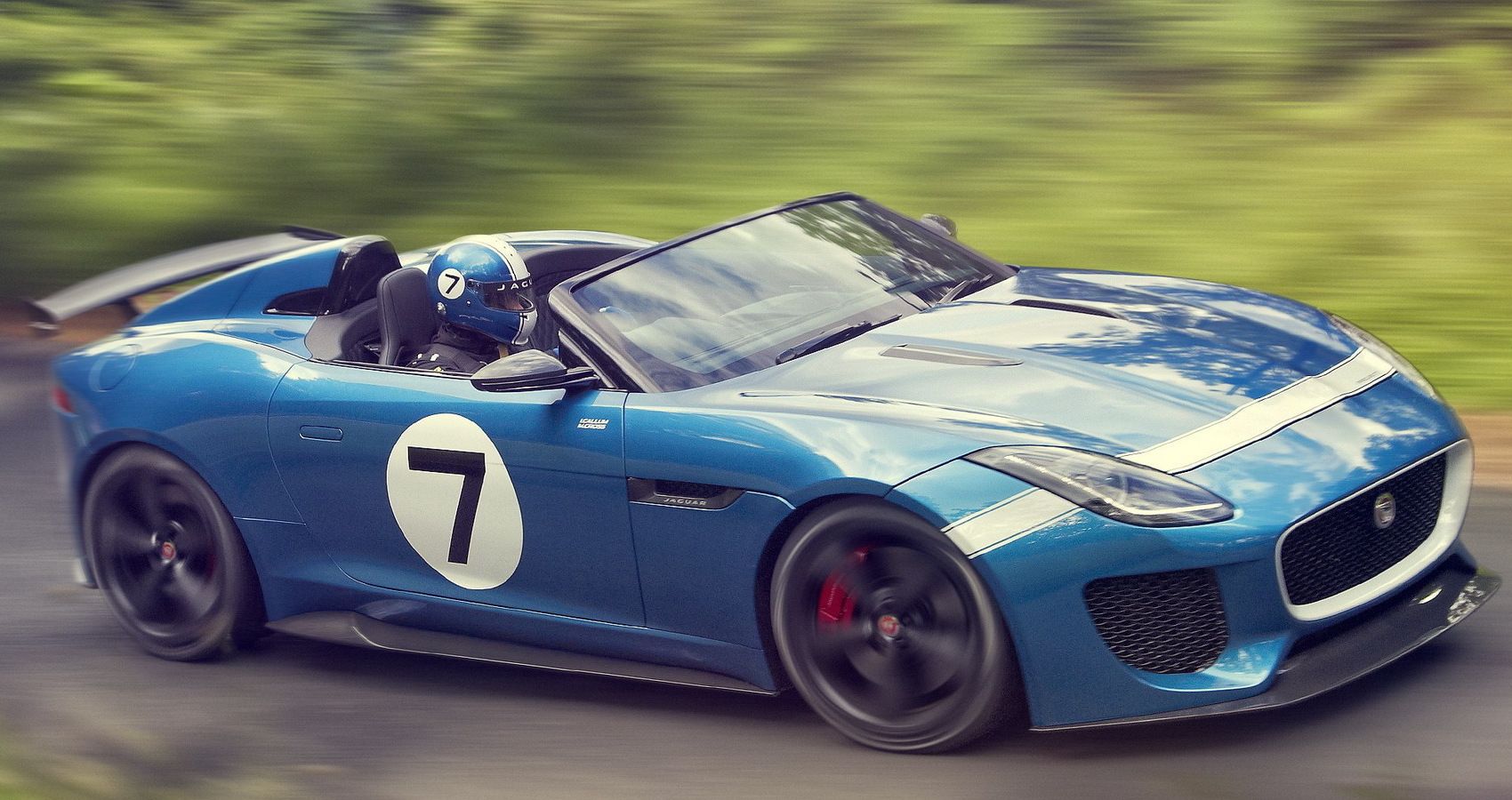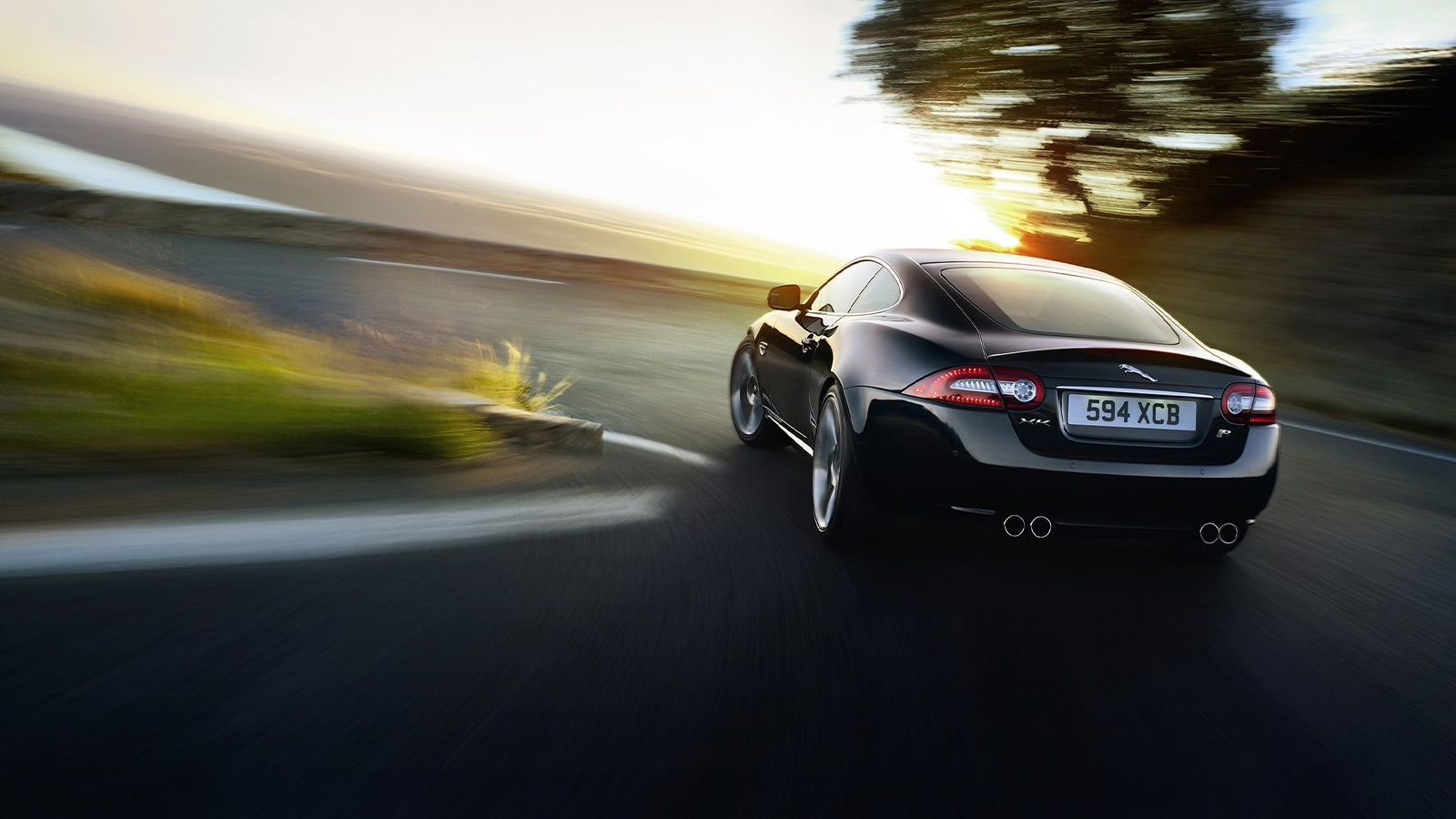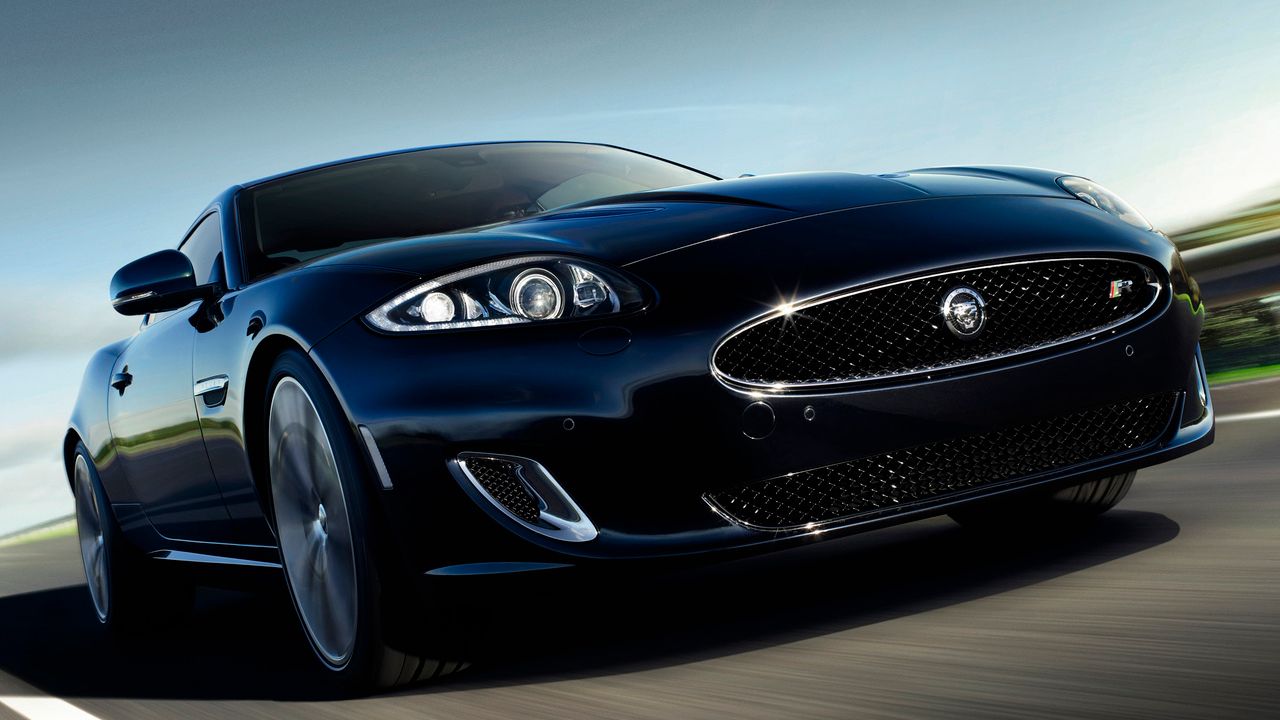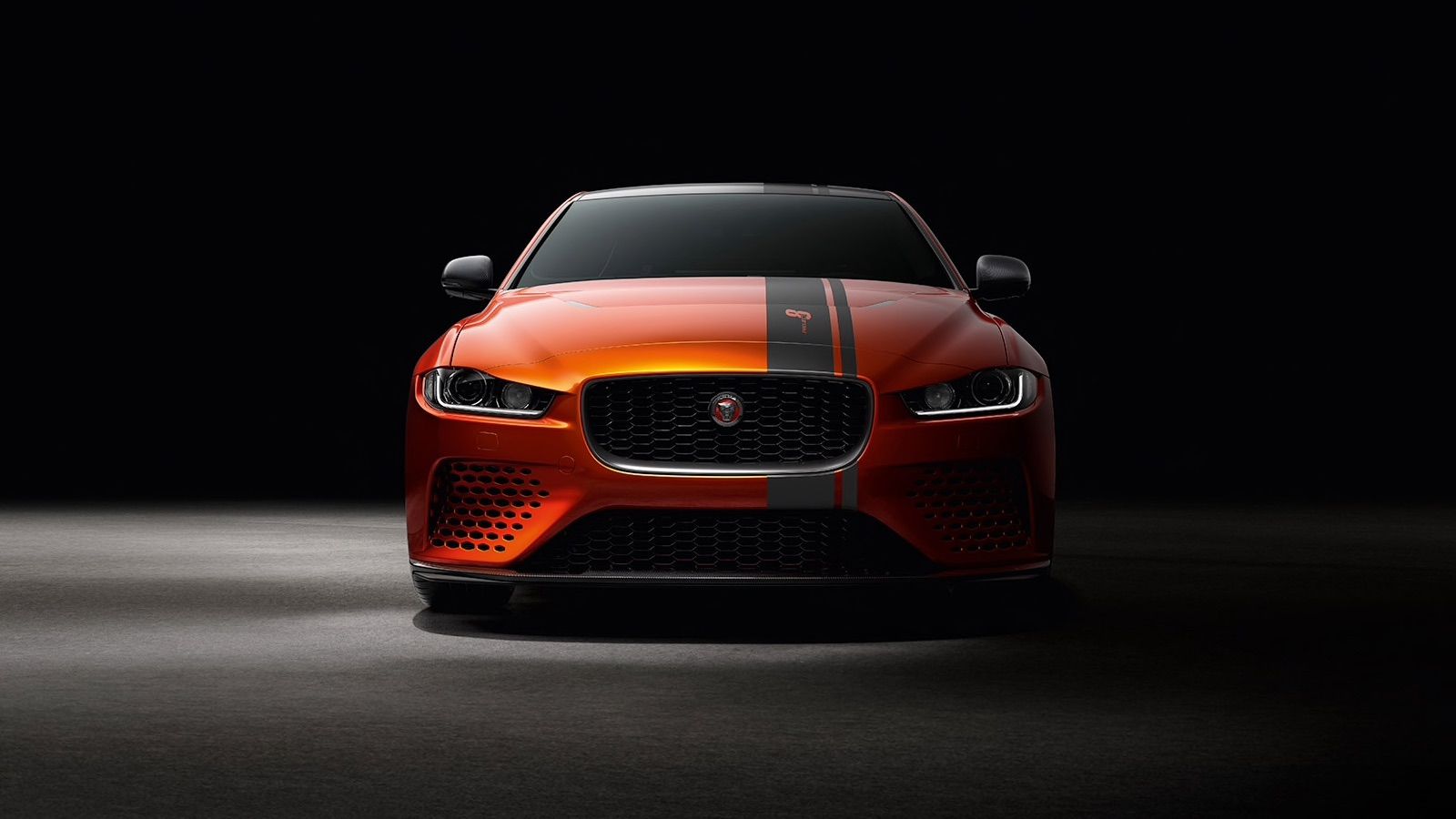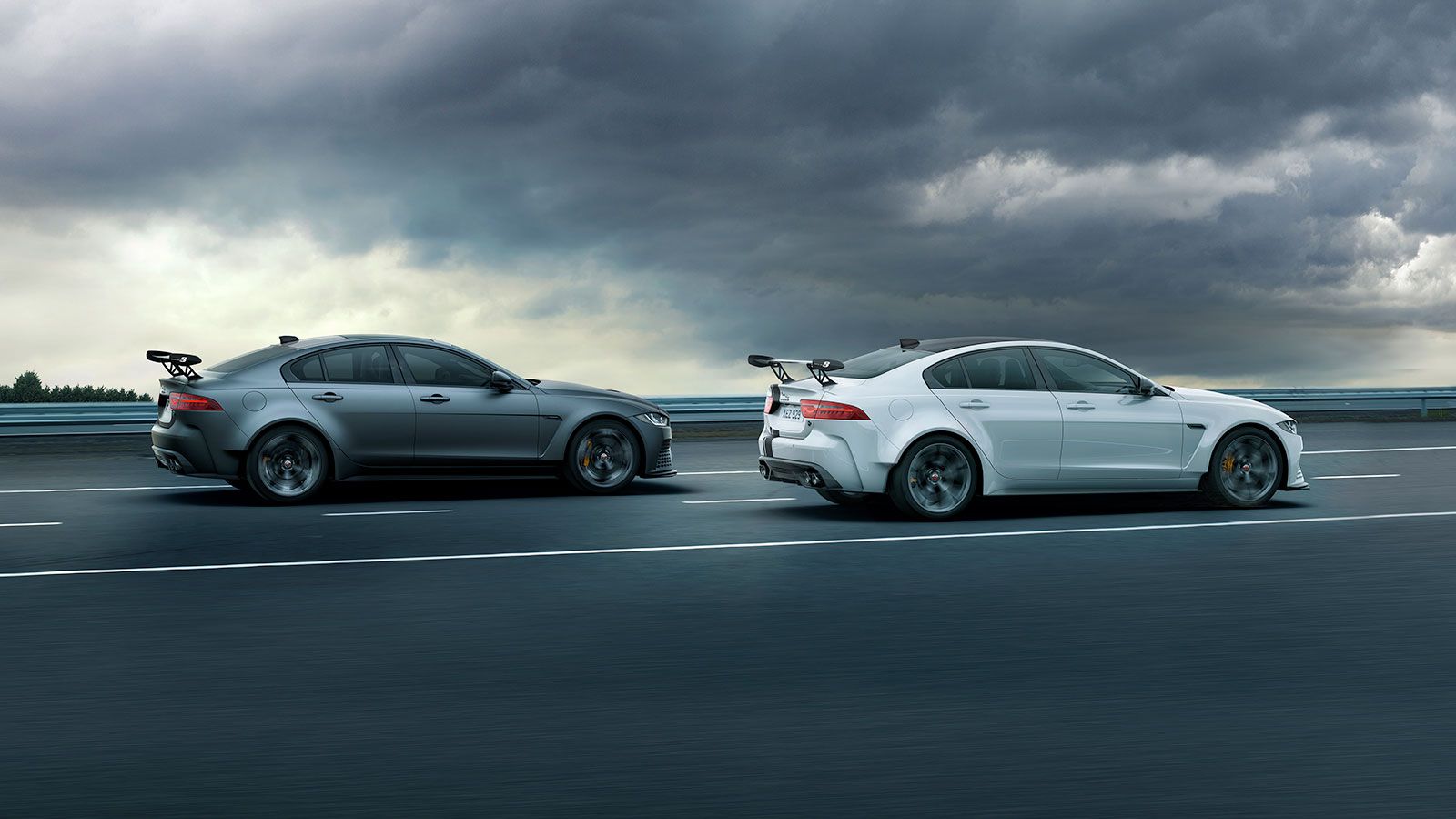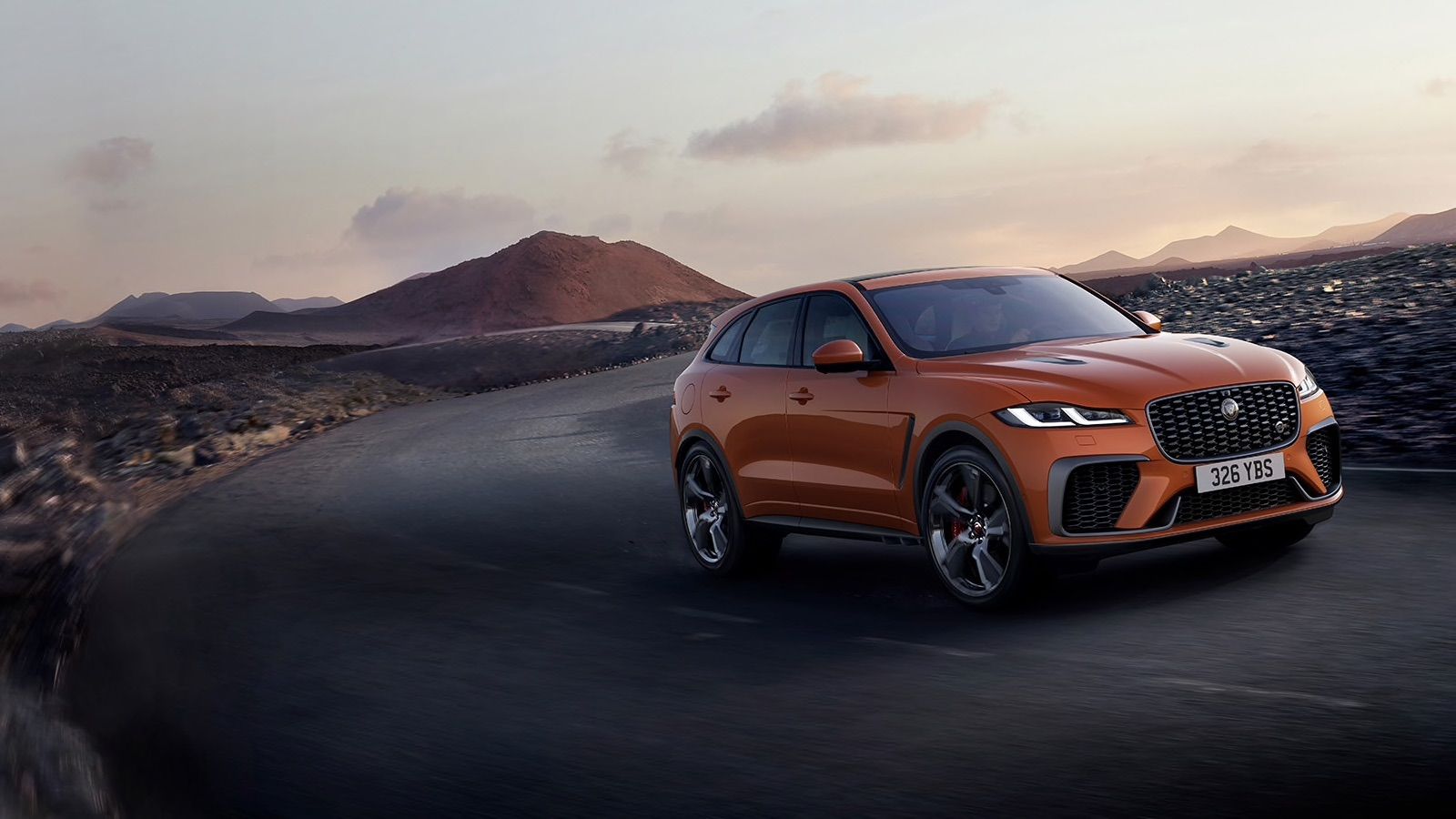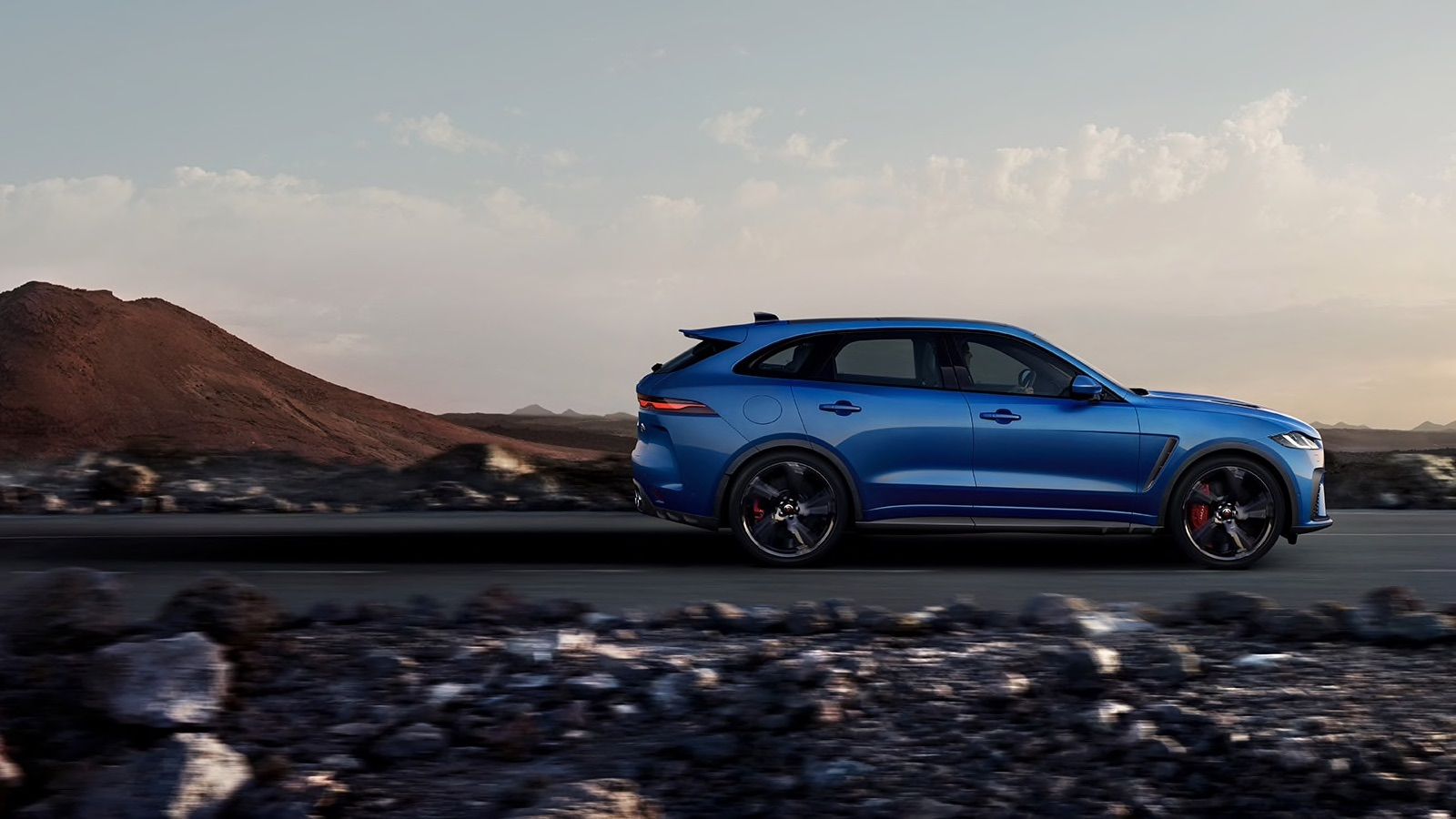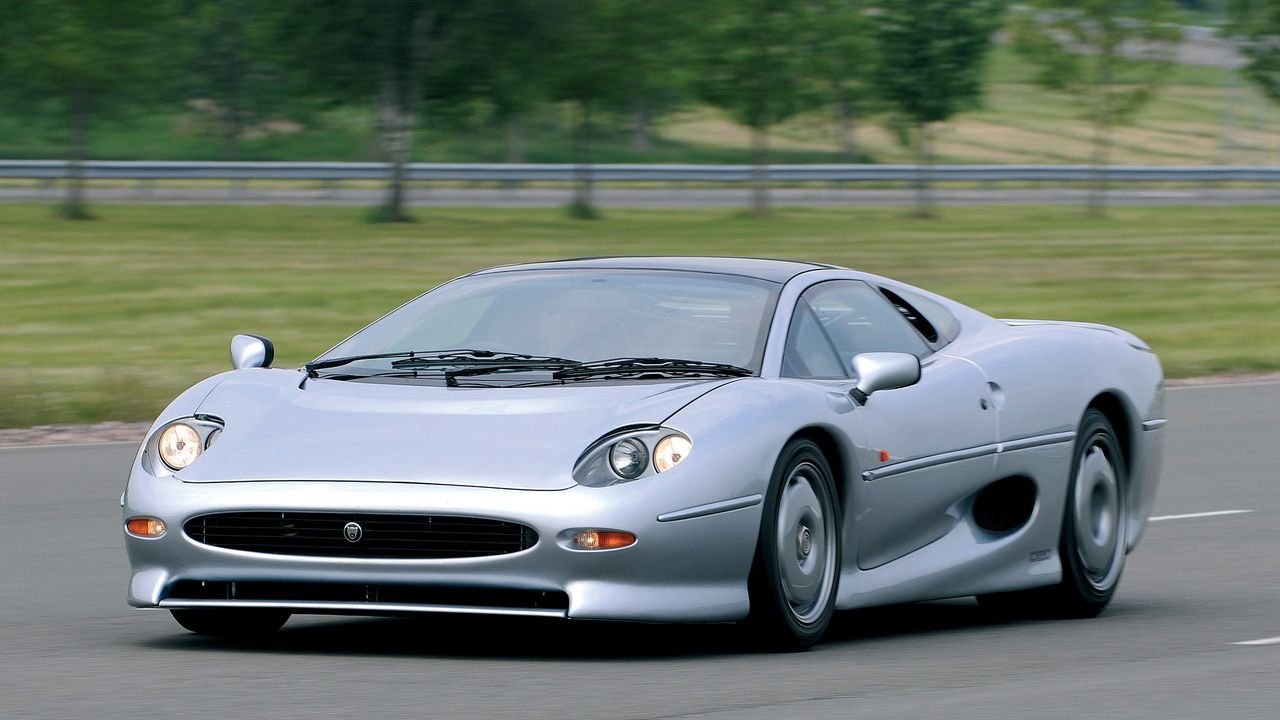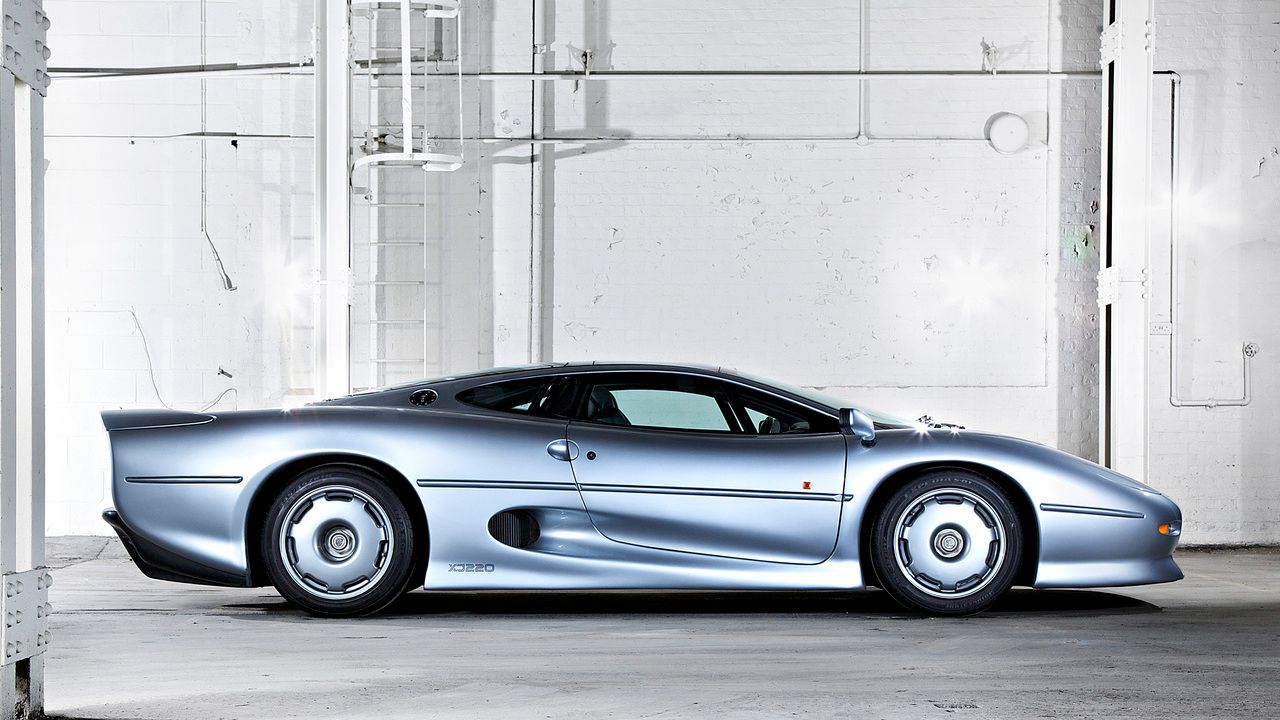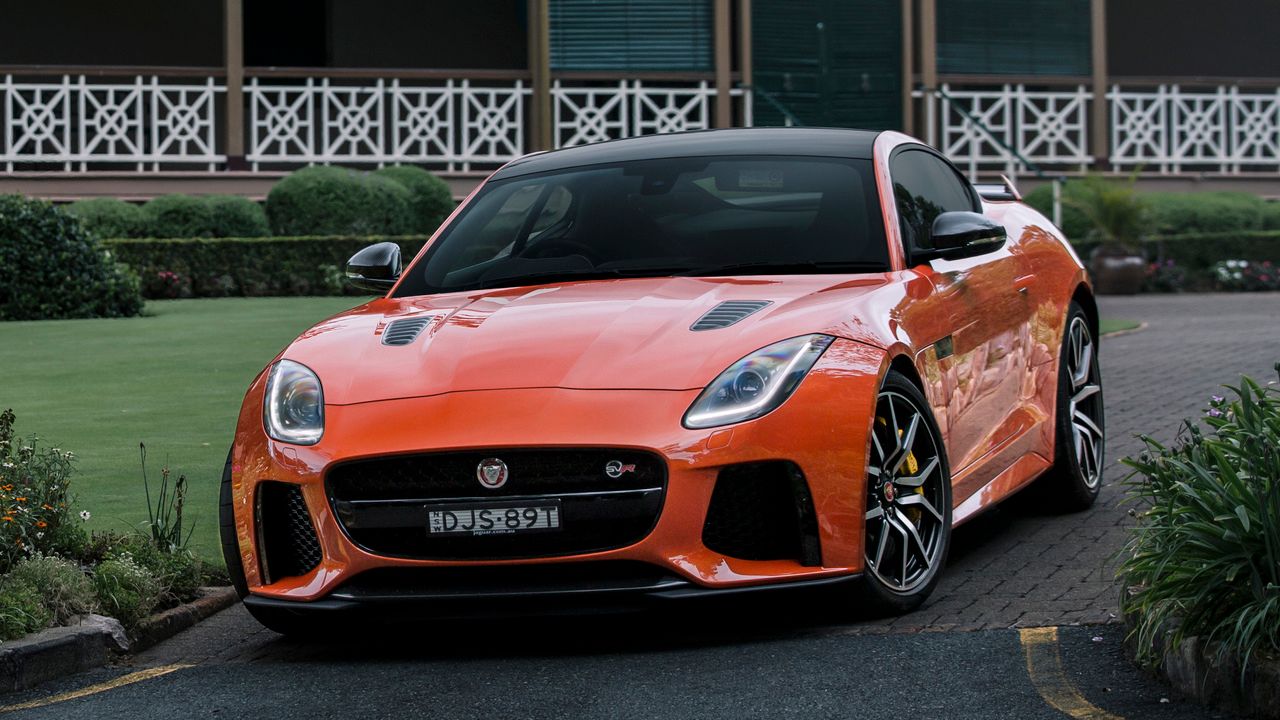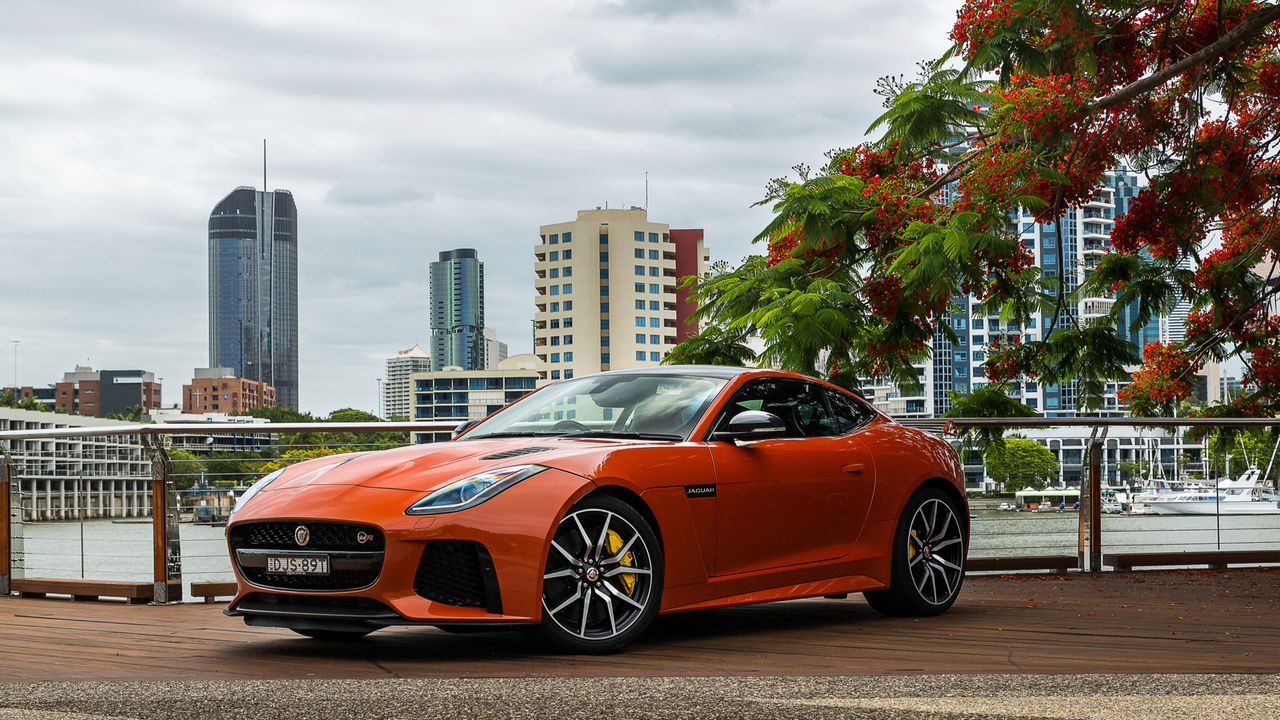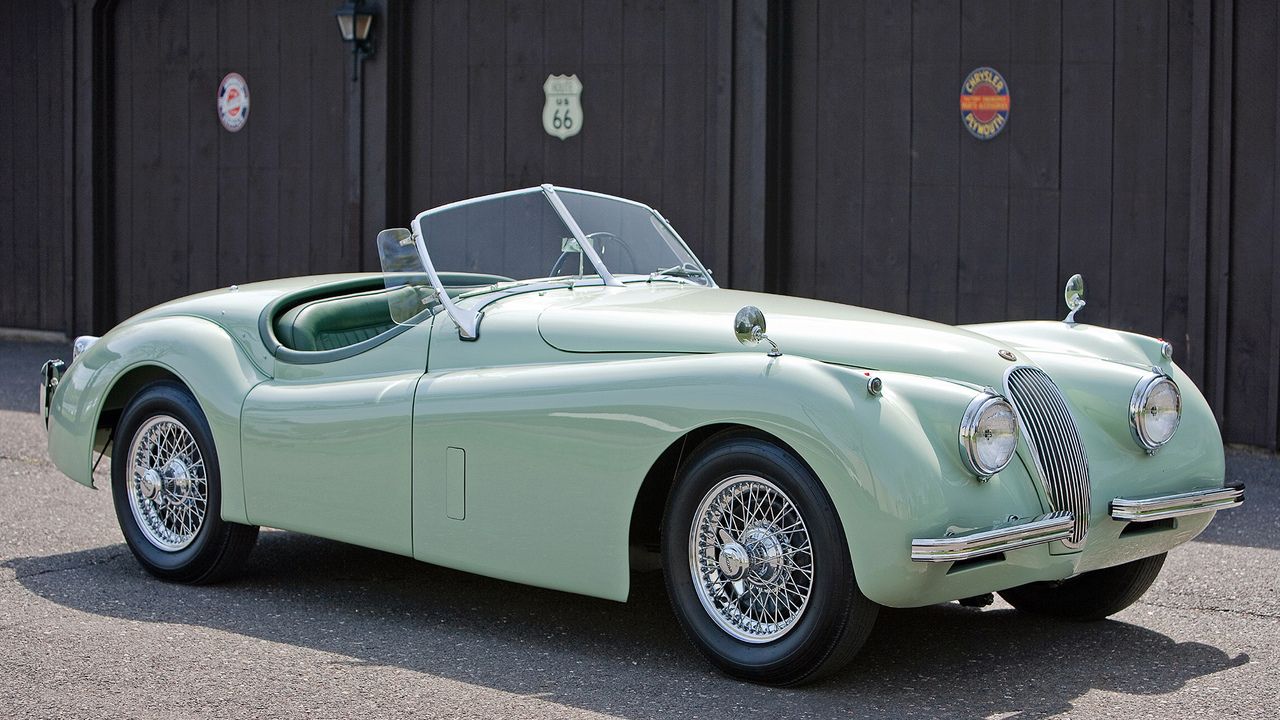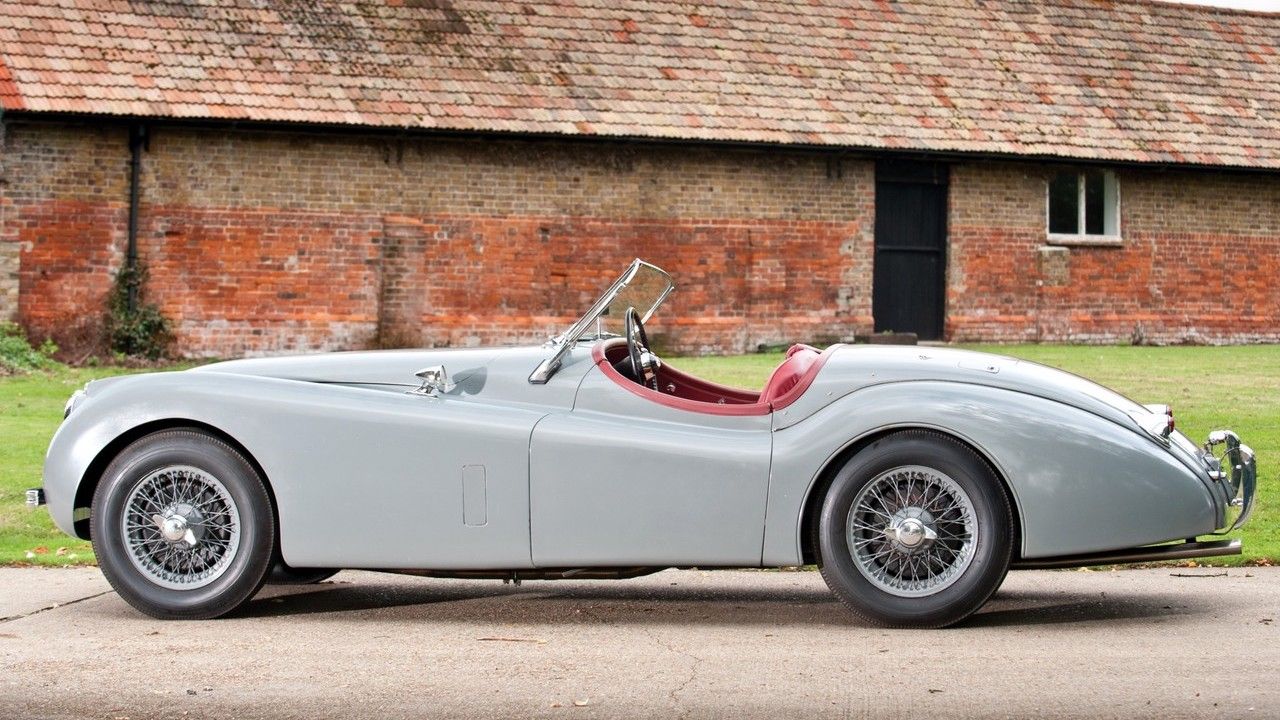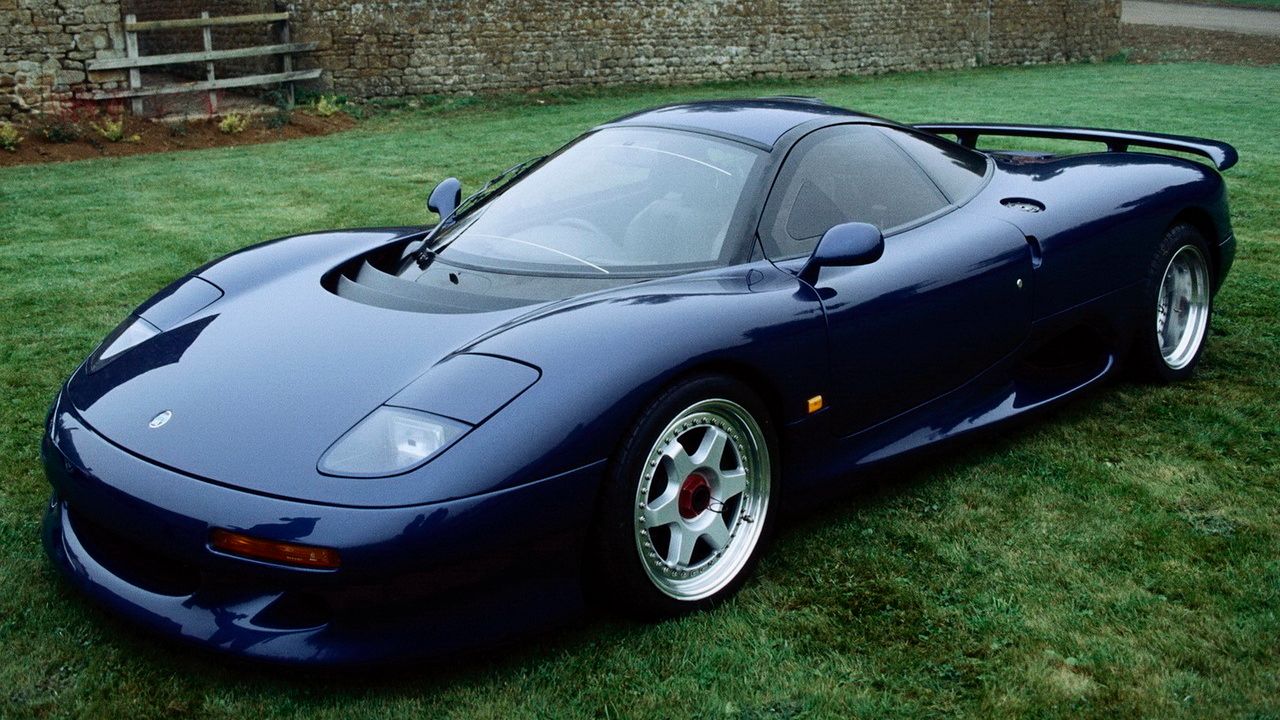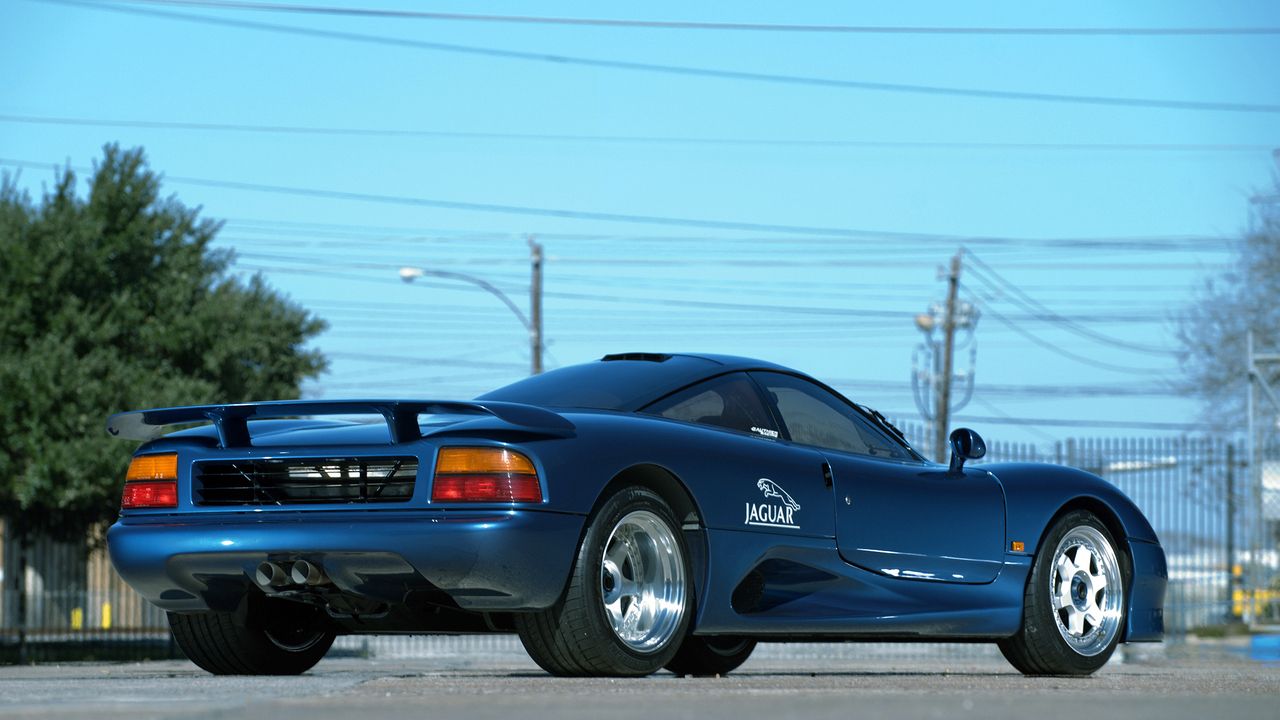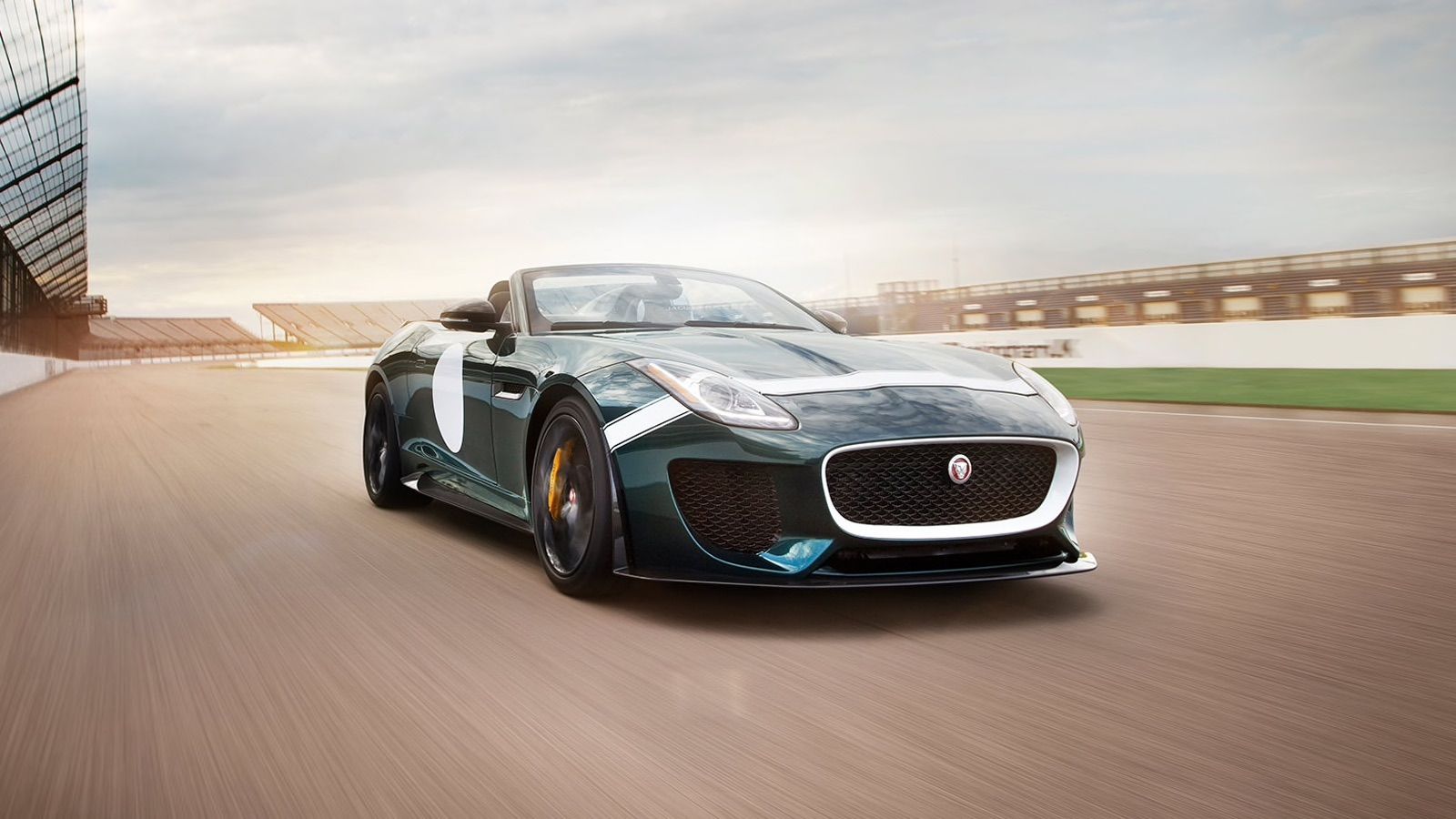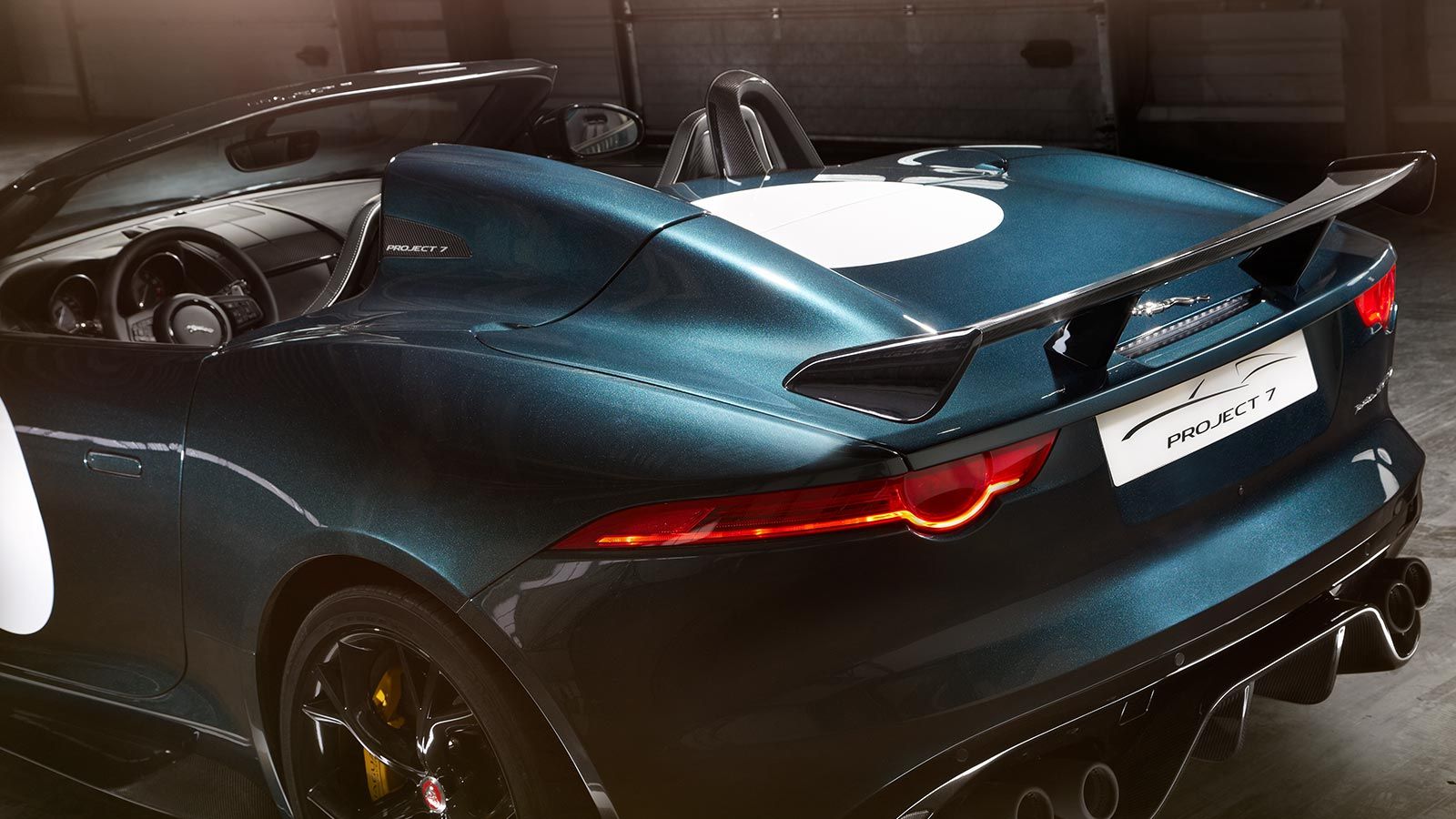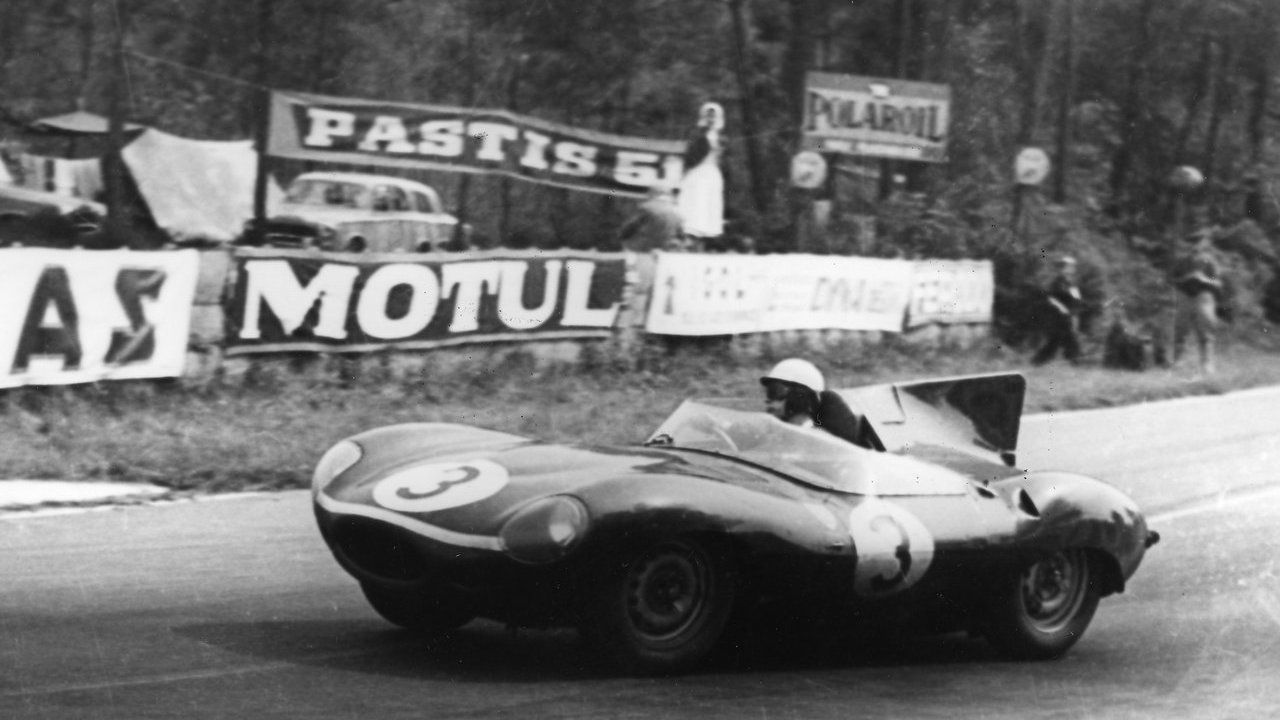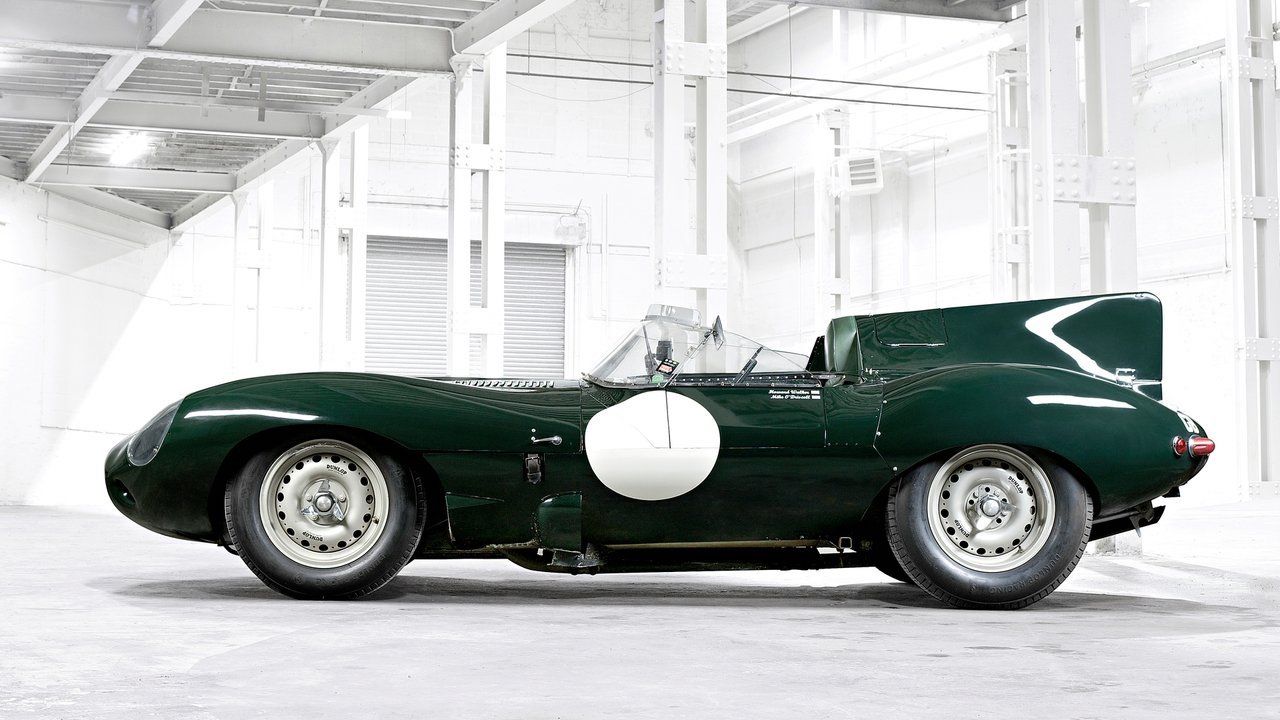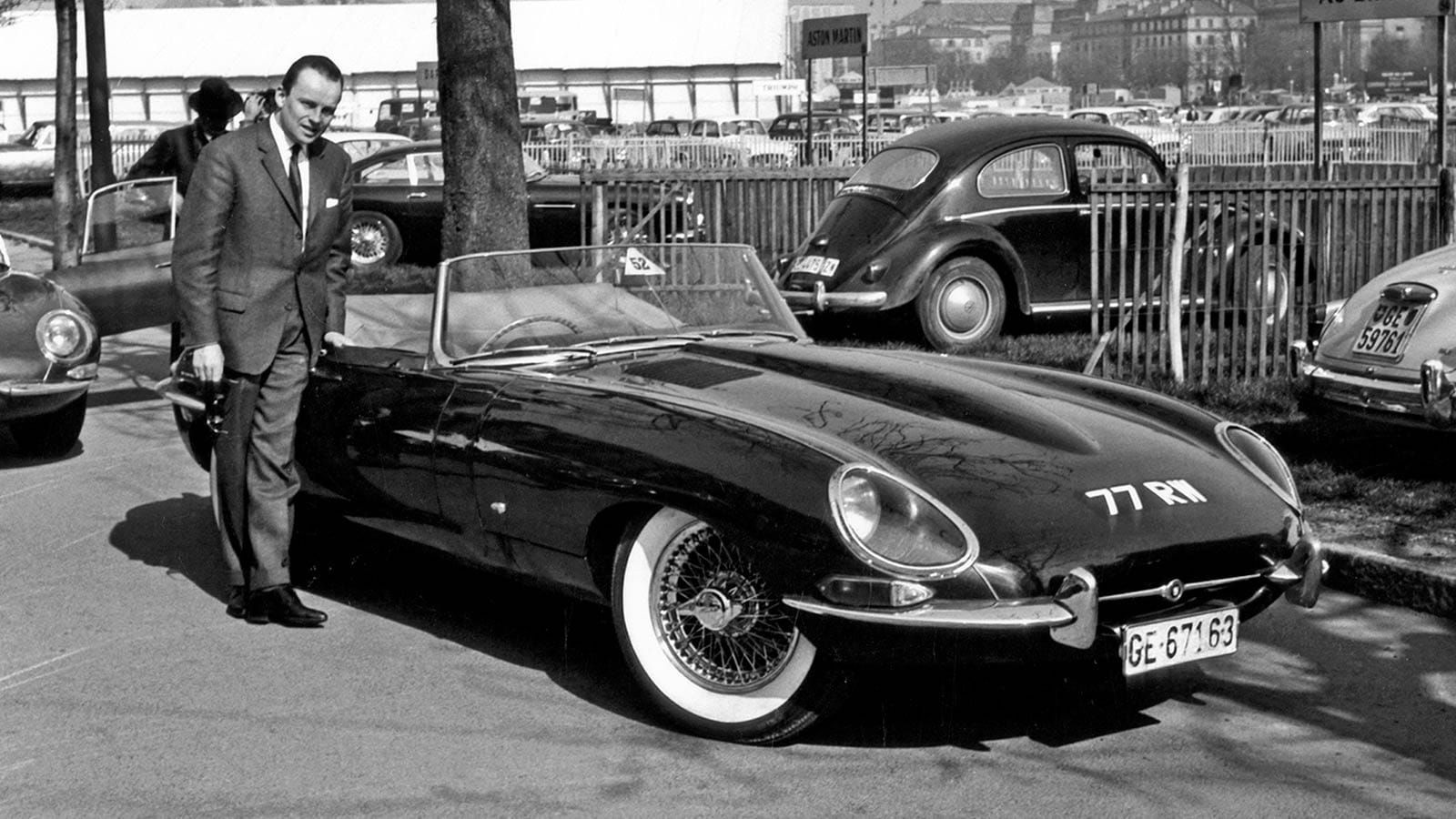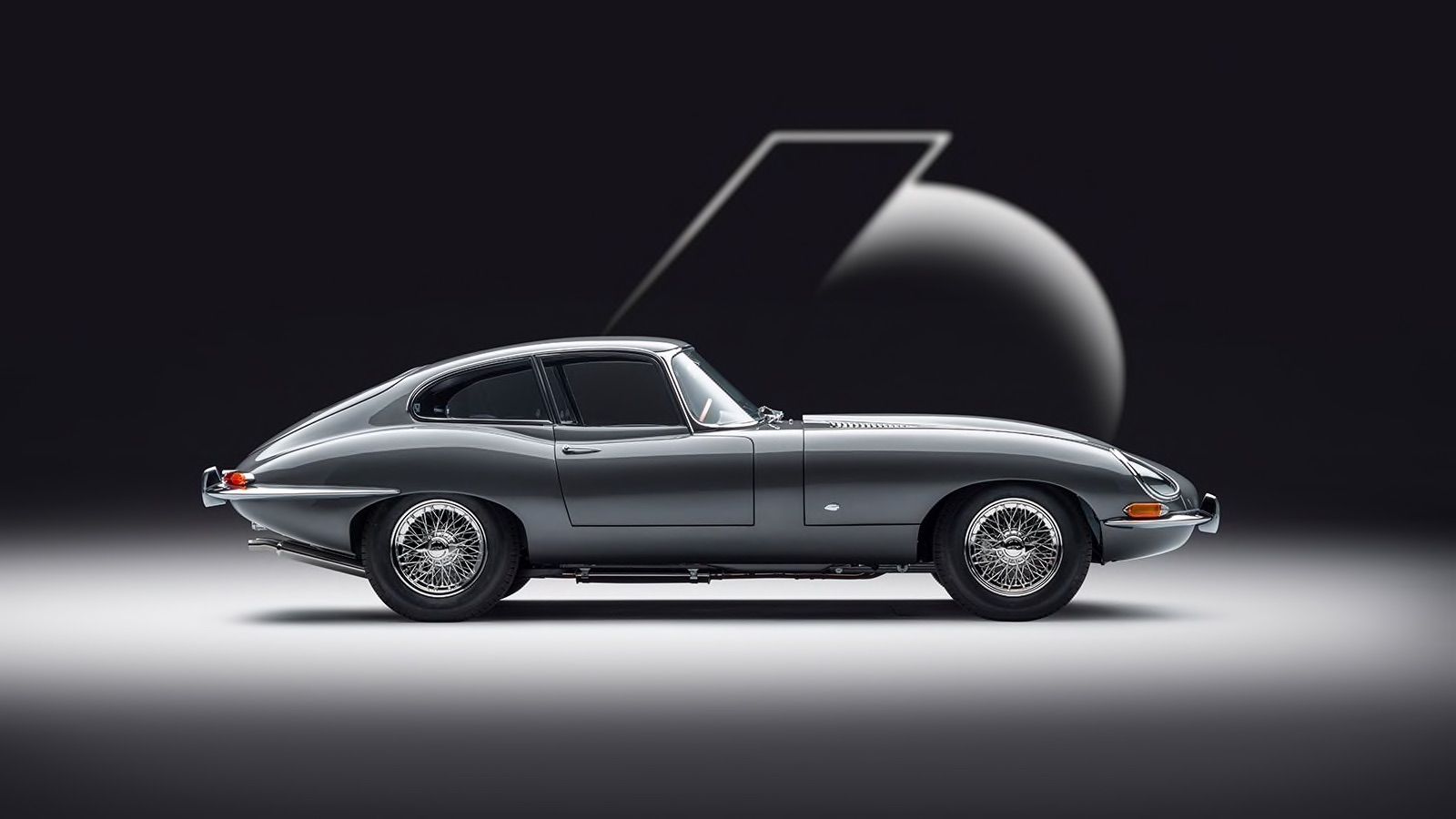British sports car manufacturer Jaguar has a reputation for producing luxurious, striking-looking performance vehicles. The brand has produced cars bearing the iconic big cat moniker since 1935. Now over 80 years old, many brilliant models have been released through the years. Many of these cars owe their existence or at least certain aspects of their development to Jaguar's rich racing heritage. While most of us have a respect for the brand and can immediately recall our favorite models, it is not until you stop and look back over its history you appreciate just how iconic Jaguar really is.
Although presently owned by Indian-based Tata Motors, the brand now known as Jaguar Land Rover has continued to design and produce many of its products in Great Britain. In recent years, the brand has undergone somewhat of a renaissance and sales have greatly increased. Jaguar has announced that from 2025 it will only be selling zero-emission vehicles, given gasoline-burning models have been the mainstay of their journey so far, now is a good opportunity to look back at some of the best models ever produced.
10 Jaguar XKR Coupe 2006-2014
The XKR manages to perfectly combine the best aspects of a sports car and a grand tourer. The car is fitted with a 5 litre supercharged 503 hp V8 and being produced in an era where noise and emission standards were less stringent, it has an awesome soundtrack. The car is no slouch, 0-60 is reached in 4.6s and it can continue on to an electronically limited 155 mph. Further enhancing its GT practicalities is a relatively large 330 litre cargo compartment. There are also rear seats, but these are more suitable for additional storage than anything else.
The V8 powerhouse could only be paired with a six-speed automatic, there was no manual option. Compared to some others on this list the XKR can be bought for a relative bargain.
9 Jaguar Project 8 2019
Based on a Jaguar XE, the Project 8 is the most powerful road-legal sedan Jaguar has ever manufactured. Its supercharged 5.0-liter V8 engine puts out 592 hp, taking the Project 8 from 0-60 mph in a blistering 3.3 seconds. It can then go on to do a remarkable 200 mph. The design is undeniably very track influenced, possibly the most dominant design feature is the large rear aero wing. This feature is not just for show either, it is fully functional and adjustable. It's an integral aspect producing 122 kg of downforce, a major element helping the car achieve its 200 mph top speed. Similarly race-inspired, the suspension is motorsport-derived and far stiffer than a stock XE. Project 8 was produced by Jaguar's Special Vehicle Operation (SVO), responsible for creating the ultimate Jaguar vehicles, whether that be in terms of speed, technology, or desirability.
The car holds Germany's Nürburgring Nordschleife record for the fastest ever production intended sedan in history, as well as the fastest Jaguar. A lap of the "ring" was completed in just 7 min 21s, faster than numerous performance and supercars. The performance comes at a price however, the 300 limited production run vehicles had a list price of $188,495.
8 Jaguar F-Pace SVR 2018-Present
The ever popular compact SUV market lead to the inception of the F-Pace. The creation of the SVR variant satisfies those buyers seeking to combine sports car driving characteristics with the utility of the standard car. A car that can be used for all occasions, from the daily grind of a weekday commute or school run to a fun-filled weekend road trip. Under the bonnet is a supercharged 5.0 litre V8 producing 542 hp, 0-62 is completed in 4.3s and the car achieves a 176 mph top speed. All of this, in a car with a fairly capacious 650 litre luggage compartment. As is the case with the F-Type SVR, the interior is a very luxurious place to be with standard quilted leather bucket seats.
A central 11.4-inch infotainment touchscreen provides all of the expected modern conveniences: Apple CarPlay, Android Auto, and the ability to change a number of settings. Regarding driving modes, the car comes with several presets, changing from Eco or Comfort to Dynamic really does transform this car and enable it to have a split personality.
7 Jaguar XJ220 1992-1994
The Jaguar XJ220's name is derived from the car's top speed of 220 mph. The car was initially developed by Jaguar engineers unofficially, out of hours, intended to be a road-capable track car. Something that customers could drive to a track in, enjoy a day of racing and then drive home again. Initially, the car comprised of a 6.2 liter V12 and a four-wheel-drive system, it was FIA racing compliant. When it became obvious that there was consumer demand, Jaguar decided to drop these complicated systems and instead opted for a 3.5-liter, 550-hp, turbocharged V6 mated to a manual transmission. The striking looks are created using an aluminum chassis.
Being track-focused, the car has fuel bags rather than tanks, these need to be replaced every six years.
6 Jaguar F-Type SVR 2016- 2020
The F-Type is the spiritual predecessor of the E-Type. A two-seater sports car, combining great looks and performance. The most powerful variant being the SVR, the original 2016 version was equipped with a supercharged 5.0-liter 567-hp engine, capable of propelling the car to 60 mph in 3.5 seconds. The car utilizes an all-wheel drive system in order to get all of that power down and the car launched. It really does launch, with a top speed of 200 mph, it is certainly something special.
Performance is not the only thing the F-Type excels at, a luxurious interior makes the car a comfortable grand tourer. The performance seats are covered by diamond-quilted leather, adding to the overall opulence.
5 Jaguar XK120 1948-1954
The XK120's original purpose was to showcase Jaguar's new XK engine, it was never intended for production. The car was unveiled at the British Motor Show in 1948, the first since the end of WW2. It proved highly popular and Jaguar subsequently began to take orders. The beautifully crafted bodywork conceals an XK 3.4 litre straight six producing 160 hp and a top speed of 120 mph. At launch it was actually the fastest production car in the world.
The car was offered in a number of body types, initially as an open-top, then as a hardtop, and latterly a convertible. It appealed to many different buyers and remains a very collectible vehicle to this day.
4 Jaguar XJR-15 1990-1992
Relatively unsung, especially compared to others on this list, the XJR-15 is definitely worthy of inclusion. Just 53 vehicles were produced and many were added to collectors' inventories, as such, they often remained hidden. The car was powered by a 450 hp 6-liter V12 taking it to 60 mph in 3.9s and then on to a 191-mph top speed.
The XJR-15 weighed a modest 1060 kg, this was achieved through the use of carbon fiber, the first production car to have a full carbon fiber chassis. It was heavily based on the 1990 Le Man winning XJR-9, aiming to be a road-going race car. Interestingly, Peter Stevens, the same designer to envision the McLaren F1 designed the XJR-15.
3 Jaguar Project 7 2015-2016
Based on the F-Type, the Project 7 is the fastest model Jaguar has ever produced. Fitted out with a 567 hp supercharged 5.0-liter engine, the Project 7 can complete 0-60 mph in 3.8 seconds. It can also go on to a top speed of 186 mph. The car was a limited production run of just 250 examples. Designed to act as a celebratory tribute, the 7 in the name represents the 7 times Jaguar has won the legendary 24 Hours of Le Mans endurance race. While based on the F-Type, much of the design inspiration came from the iconic D type. Jaguar engineered a raised aerodynamic hump behind the driver, something that was significant in the D-Type, helping to link the past and the present.
The roof of the car is unique to the Project 7, utilising a cabrio F-Type chassis, an alternative roof was required owing to the "hump" design. It is somewhat of improvization and is fully manual in operation. The lack of an automatic closing mechanism does however result in a weight saving, helping to maximize performance gains.
2 Jaguar D Type 1954-1957
Notable for having won the Le Mans 24 Hour race 3 times out of a total of 7 for Jaguar. The Jaguar D-Type had a revolutionary construction, being composed of a magnesium alloy monocoque in order to provide strength whilst also being lightweight. Monocoque construction is still used in race cars today, so the D-Type was well ahead of the game.
The car was fitted with a 250-hp, 3.4-liter 6-cylinder engine helping it achieve a factory-stated 160 mph top speed and 0-60 time of 5.7s. Power was transferred through a four-speed manual gearbox to the rear wheels.
1 Jaguar E-Type/ XK-E 1961-1975
Arguably one of the classiest looking cars ever made, the Jaguar E-Type was produced between 1961 and 1975. At launch, the E-Type could reach a claimed 150 mph using the power generated by its 265-hp, 3.8-liter engine. The car was controlled through a four-speed manual transmission and 0-60 could be reached in 6.9s. As development continued, other engine and drivetrain options were fitted, a 5.3-liter V12 was subsequently fitted in 1971 upping the power output to 272 hp.
Over the years many famous and notable people have fallen for the E-Type, these include Steve McQueen and Frank Sinatra.

